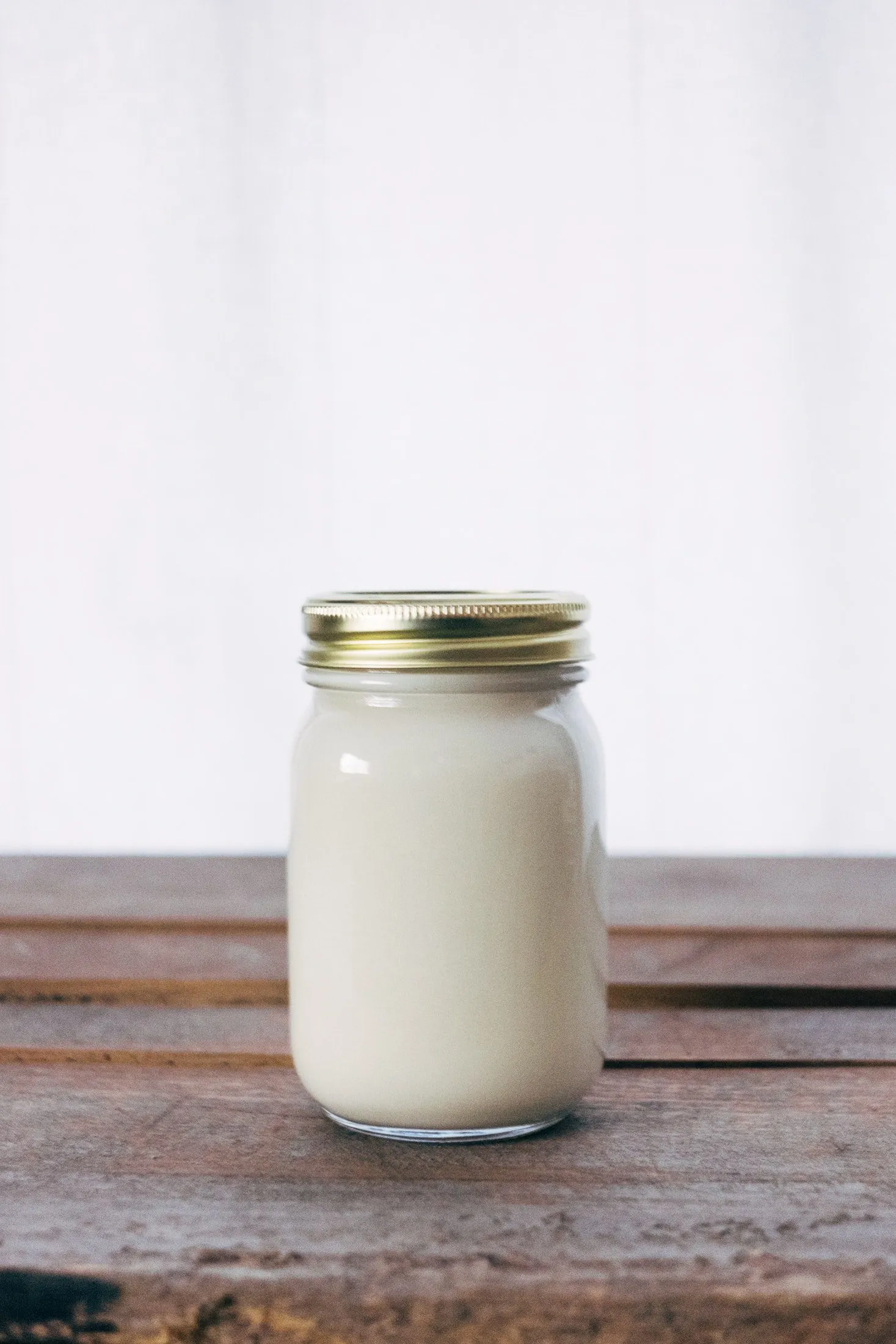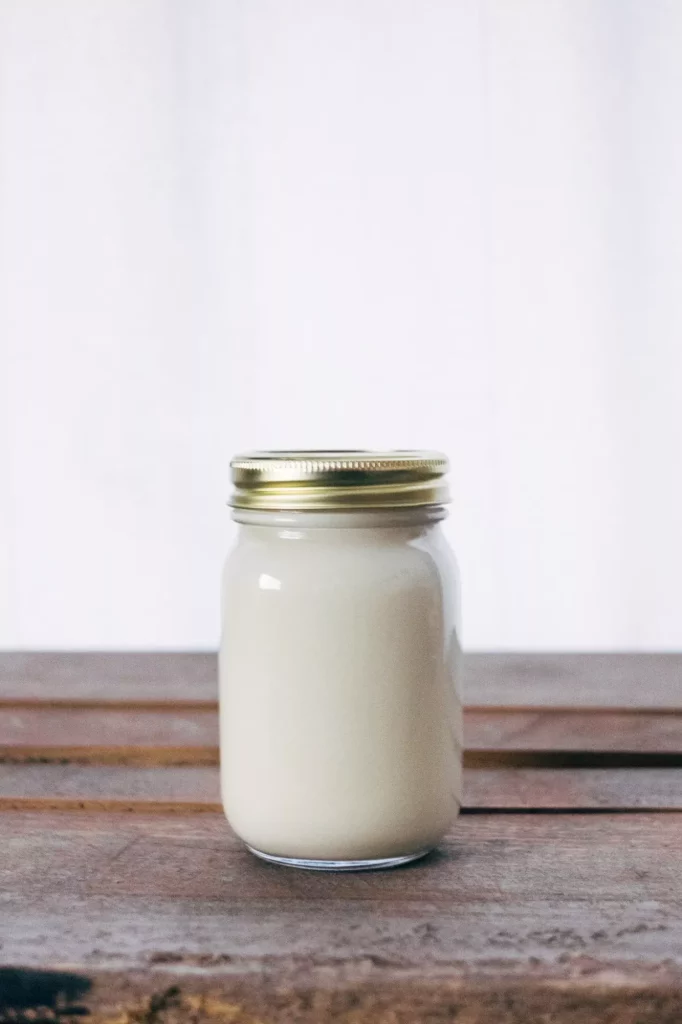Kefir is a fermented milk drink, made using a culture of yeasts and bacteria. An interesting fact is that because kefir is fermented, most lactose intolerant people can actually drink kefir. It has a similar taste to yoghurt and shares a couple more characteristics with yoghurt – they are both traditionally made from dairy and have plenty of healthy elements – probiotics, vitamins, calcium, and protein. Kefir usually has a thinner consistency to yoghurt and is more suitable for drinking. Kefir has more nutritional benefits than yoghurt because of its active yeast and contains a larger number of healthy bacteria, which is part of the reason kefir has been gaining popularity in the past few years.
Health benefits of drinking kefir are extensive: it helps restore balance in the bowel, prevents and treats vaginal and urinary tract infections, helps with gastrointestinal infections, helps to recover from different kinds of bowel issues, and helps increase healthy bacteria in the gastrointestinal tract.
To make kefir, we need so-called “starter” grains, where we find the yeast and bacteria needed for the process to take place. You can also purchase dehydrated milk kefir grains if you don’t have access to fresh ones. Traditionally, kefir is made using dairy milk but as an alternative, you can also use different kinds of milk – goats, rice, coconut milk, just to name a few. The process itself is actually pretty simple – we start by transferring active kefir grains into fresh milk. After that, we cover the jar with milk and kefir grains and place it in a warm spot. Kefir starts fermenting at room temperature. It usually takes 24 hours for milk to ferment, but time might vary depending on the warmth so it is a good idea to check on your kefir once in a while to get the consistency and taste right. After the process separates kefir grains from your newly made kefir and places them in a new batch of milk. You can use plastic mesh strainer for separation. Store your kefir in the refrigerator.










